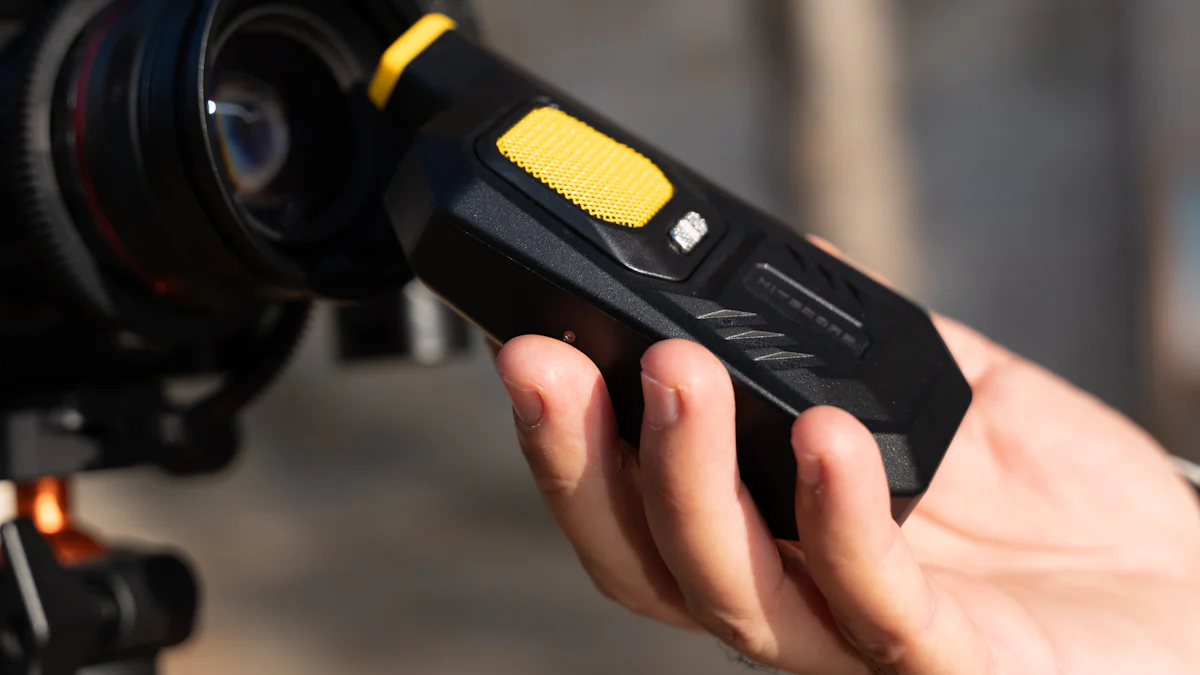What are the precautions for maintaining a flashlight?

Why Taking Care of Your Flashlight Matters
Taking care of your flashlight is more important than you might think. A reliable flashlight can be a lifesaver in various situations, making it crucial to ensure that it's always in top condition.
The Importance of a Reliable Flashlight
A flashlight has proven to be indispensable during unexpected power outages or emergencies. I vividly remember being caught in the dark during a camping trip, and my trusty flashlight was the only source of light that guided us back to safety. In addition to personal experiences, flashlights play a vital role in ensuring safety during natural disasters and outdoor activities.
The Cost of Neglect
Neglecting the maintenance of your flashlight can lead to a shorter lifespan and performance issues. A poorly maintained flashlight may fail when you need it most, posing significant safety hazards. It's essential to prioritize regular maintenance to avoid these potential risks.
Key Precautions for Maintaining Your Flashlight
Taking the necessary precautions for maintaining your flashlight is essential to ensure its optimal performance and longevity. By following these key steps, you can keep your flashlight in top condition for when you need it most.
Proper Storage is Crucial
When it comes to maintaining your flashlight, proper storage plays a crucial role in preserving its functionality. Avoiding extreme temperatures is paramount as exposure to heat or cold can adversely affect the performance of the batteries and overall operation of the flashlight. Additionally, finding the right place for your flashlight is important. Store it in a location that is easily accessible during emergencies while ensuring it's protected from environmental elements.
Battery Care and Management
Effective battery care and management are vital aspects of maintaining a reliable flashlight. To prevent battery leakage, store your spare batteries separately from the flashlight, ideally in a cool, dry place. It's also important to know when to replace your batteries. Regularly inspect them for any signs of corrosion or diminished power output, and replace them promptly to avoid any disruptions when using your flashlight.
Regular Cleaning and Maintenance
Regular cleaning and maintenance are essential for keeping your flashlight in optimal condition. Start by keeping your flashlight clean, wiping away any dirt or residue that may accumulate over time. Additionally, make it a habit to routinely check for any damage or malfunctions such as loose parts or flickering lights. Addressing these issues promptly can prevent further damage and ensure that your flashlight remains reliable.
By adhering to these key precautions, you can maintain the functionality and reliability of your flashlight, ensuring that it's always ready to provide illumination when needed most.
Common Mistakes to Avoid with Your Flashlight
When it comes to flashlight maintenance, avoiding common mistakes is just as crucial as following proper precautions. By steering clear of these pitfalls, you can ensure that your flashlight remains reliable and ready for use when needed.
Overlooking the Lockout Feature
One common mistake that users make is overlooking the lockout feature on their flashlights. This feature serves as a safeguard against accidental turn-ons, which can drain the battery and render the flashlight inoperable when actually needed. Engaging the lockout feature when carrying the flashlight in your pocket or bag can prevent such mishaps, ensuring that it's always ready for use.
Ignoring the Signs of Overheating
Ignoring the signs of overheating is another mistake that can compromise the functionality of your flashlight. Using your flashlight on lower brightness settings can help prevent overheating, preserving its internal components and extending its lifespan. By being mindful of how you use your flashlight, you can avoid potential issues related to overheating and ensure its longevity.
Neglecting Regular Inspections
Neglecting regular inspections is a critical mistake that can lead to unforeseen issues with your flashlight. Routine checks are essential for identifying any potential problems early on, allowing you to address them before they escalate. By incorporating regular inspections into your maintenance routine, you can catch any issues such as loose parts or flickering lights and take corrective measures promptly.
Making Maintenance a Habit
Establishing a consistent maintenance routine is essential for ensuring the reliability of your flashlight. By making maintenance a habit, you can prolong its lifespan and be confident in its performance when needed most.
Setting a Maintenance Schedule
Creating a maintenance schedule is crucial to keep track of regular checks on your flashlight. How often should you check your flashlight? It's recommended to inspect your flashlight at least once every month, ensuring that it's clean, free from damage, and the batteries are in good condition. Additionally, perform thorough inspections before embarking on outdoor activities or in preparation for unexpected emergencies.
Incorporating Flashlight Care into Your Routine
Incorporating flashlight care into your daily routine can make a significant difference in its overall condition. Simple steps for everyday care include wiping down the exterior with a soft cloth after use, storing it in an easily accessible location, and keeping spare batteries organized and readily available. By integrating these practices into your routine, you'll be well-prepared for emergencies with a well-maintained flashlight.
2024/5/6
See Also
Vital Advice on Flashlight Care and Upkeep
The Complete Handbook for Flashlight Care and Maintenance
Prolonging Flashlight Battery Life: Strategies for Enduring Power
The Proper Way to Clean Your Flashlight: A Detailed Tutorial
Stretching the Longevity of Your Flashlight for Extended Use
